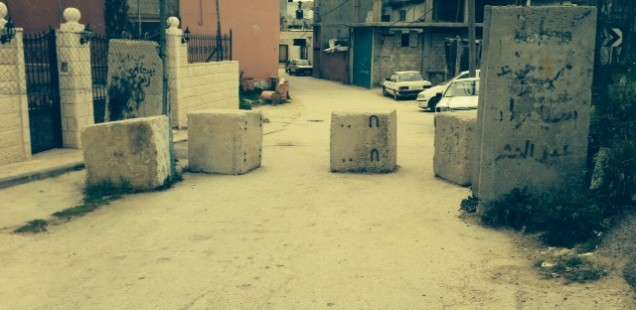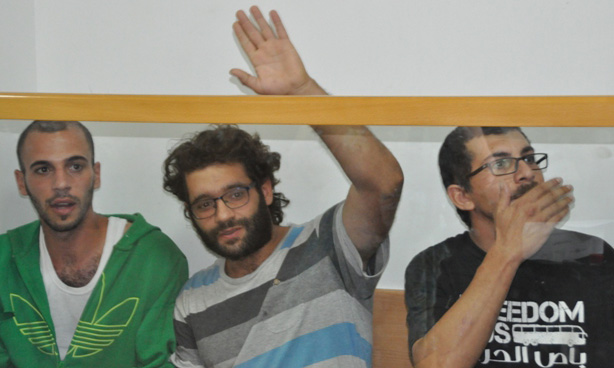Tag: Refugees
-
Life inside the Shuafat Refugee Camp, East Jerusalem
January 18th 2016 | International Solidarity Movement, Ramallah Team | East Jerusalem, occupied Palestine A few days ago, the ISM went to the Shuafat Refugee Camp to learn about the situation and living conditions for its Palestinian residents. Built in 1965 with the aim of relocating the Palestinians who were living in the Moroccan Quarter…
-
Stories from Al Arroub refugee camp
28th March 2015 | International Women’s Peace Service | Al Arroub refugee camp, Occupied Palestine Situated along the main Hebron-Jerusalem road, across the street from a University, sits the heavily fenced and concrete blockaded main entrance to Al Arroub Palestinian refugee camp. Taysir, a 39 year old former prisoner of the Israeli government and resident of the camp,…
-
Israeli police raids the village of Iqrit
9th June 2014 | International Solidarity Movement, Khalil team | Iqrit, Occupied Palestine Yesterday morning on the 8th June, Israeli police forces raided the village of Iqrit (located on the northern tip of Israel, within eyesight of Lebanon). The police uprooted trees, destroyed and confiscated all the personal belongings of Palestinian activists present in the village. Furthermore…



